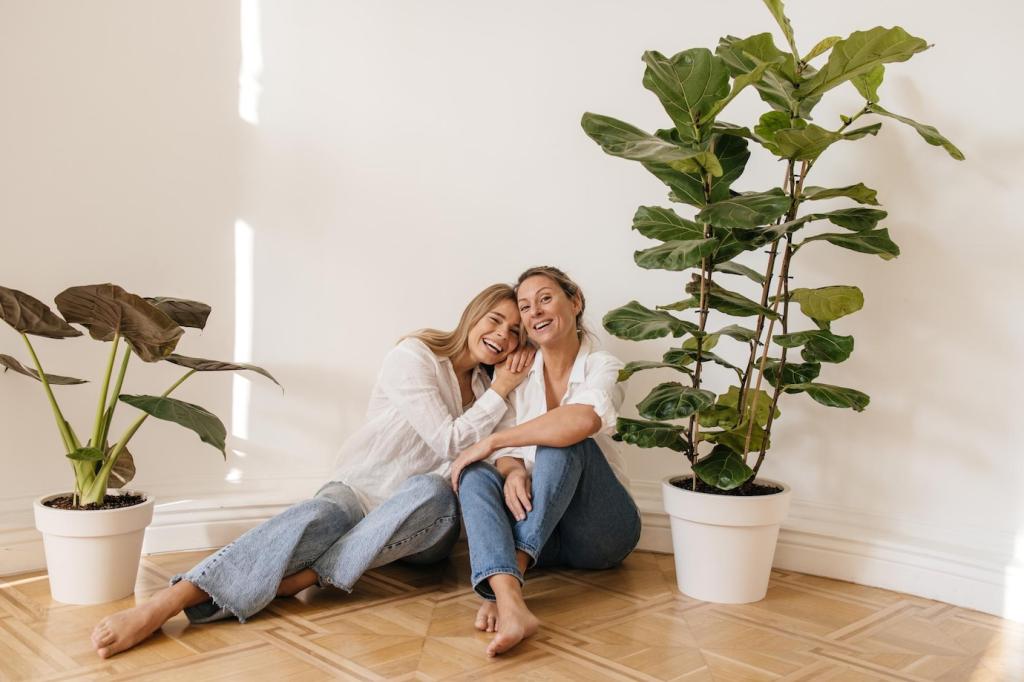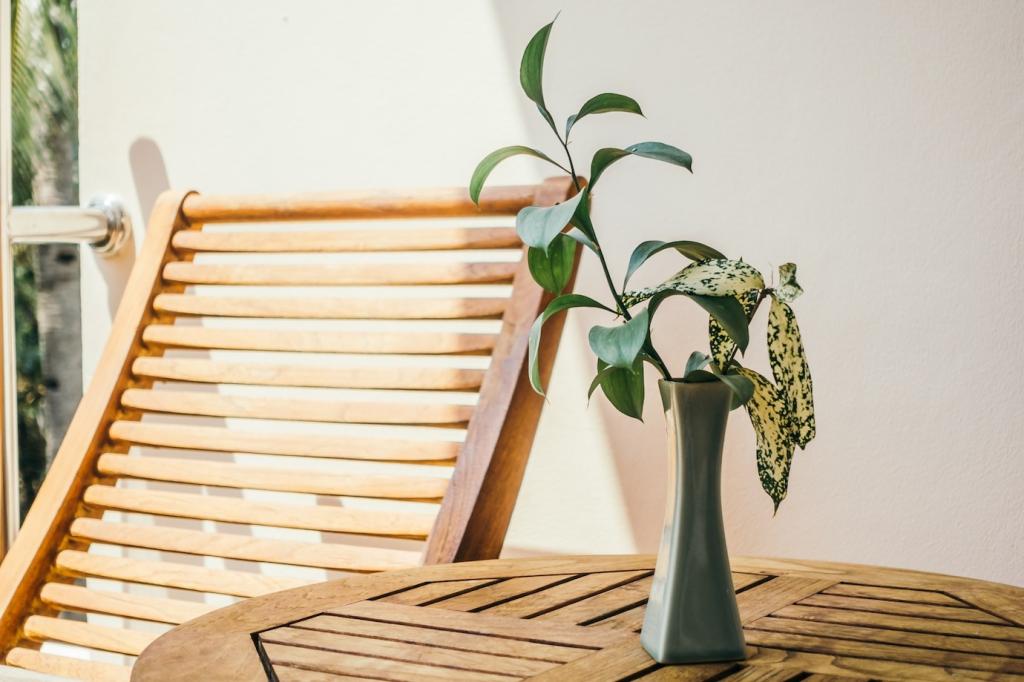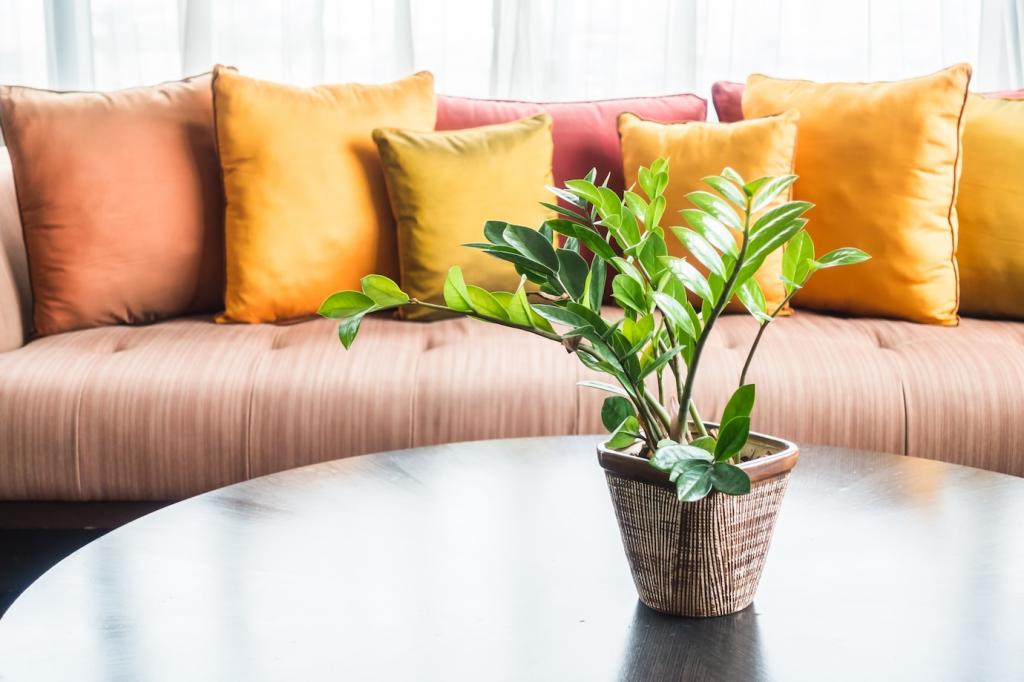Innovative Solutions for Eco-Conscious Interiors
Bamboo is making waves in eco-friendly design due to its extraordinary growth rate and renewability. Unlike hardwood trees that can take decades to mature, bamboo can be harvested after only a few years without damaging its root system, allowing continual regrowth. This plant offers remarkable strength and versatility, making it ideal for everything from flooring and paneling to furniture. Eco-conscious interiors featuring bamboo are not only stylish but also reduce reliance on slower-growing forests, contributing to a more sustainable supply chain while infusing spaces with a natural, contemporary appeal.

Energy-Efficient Design Strategies
Harnessing natural light reduces dependence on artificial illumination and creates interiors that feel open and inviting. Strategic window placement, light shelves, and reflective surfaces amplify daylight, brightening rooms while cutting energy use. Passive solar design takes this a step further, positioning windows and thermal masses to capture the sun’s warmth in winter and provide cooling in summer. The result is an interior climate that’s comfortable year-round, requiring less energy for heating and cooling, and fostering a strong connection with the rhythms of the outdoors.
Biophilic Design for Wellness and Sustainability
Living Green Walls and Vertical Gardens
Living green walls, or vertical gardens, bring lush natural beauty indoors while cleaning the air and supporting biodiversity. These installations can be custom-tailored for everything from homes to offices, providing visual interest and a calming ambiance. Plant species are carefully selected for their ability to thrive indoors, requiring minimal inputs and offering continuous benefits. Beyond aesthetics, green walls actively remove airborne toxins, regulate humidity, and insulate against noise—making them a dynamic, multi-functional addition to any eco-friendly interior.


Indoor Landscaping with Native Plants
Incorporating native plants into interior design supports local ecosystems and ensures long-term sustainability. Native vegetation is well-adapted to the area’s climate, requiring less water, fertilizers, and pest management than non-native species. By choosing indoor landscaping and container gardens featuring native plants, interiors become both beautiful and resilient. These plant selections provide habitat for local pollinators and contribute to a sense of place, rooting interiors in the wider natural landscape.
